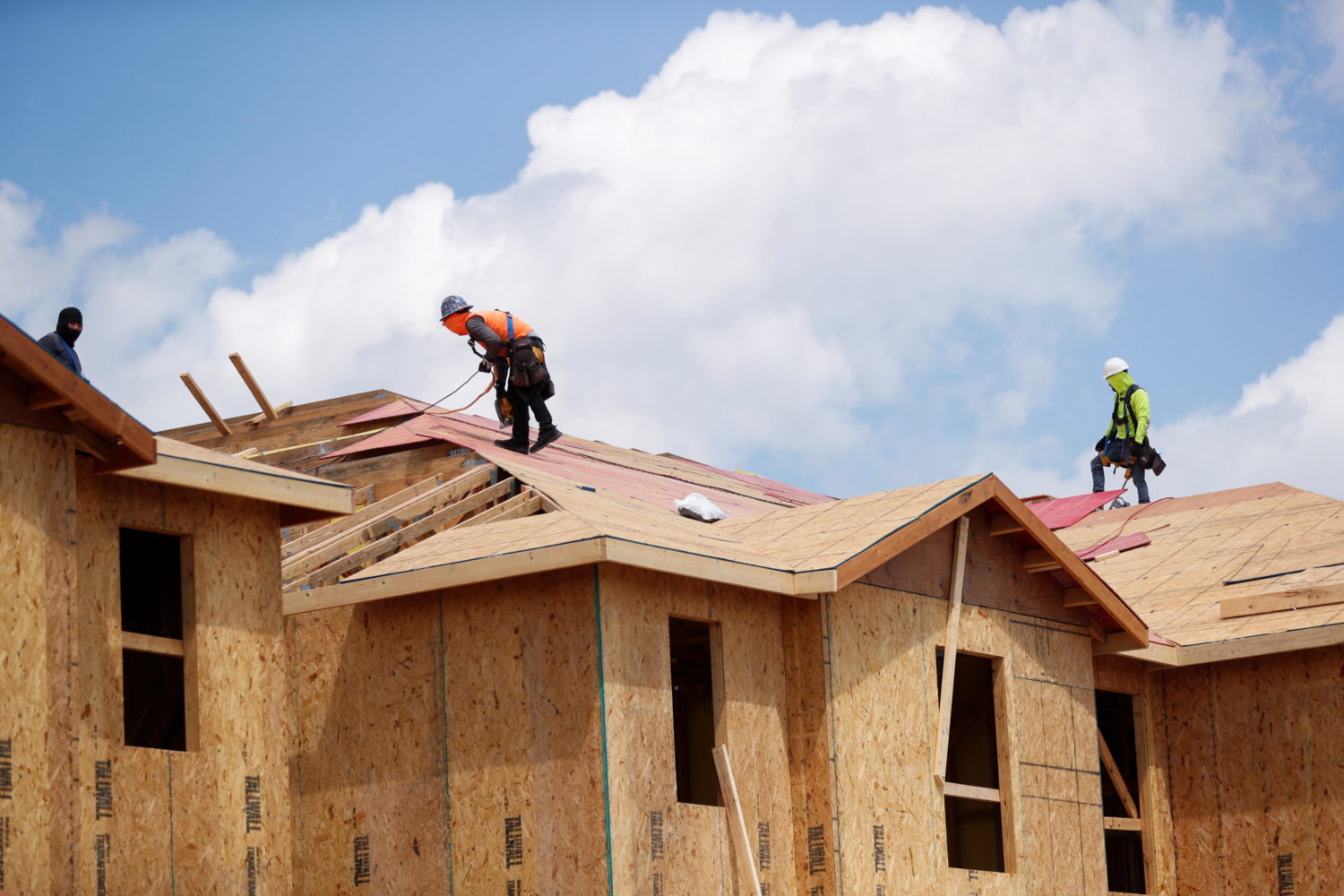
By Ruby Lian and David Lawder
SHANGHAI/WASHINGTON (Reuters) – China said it would persist with controversial tax rebates to steel exporters to support the sector’s painful restructuring, defying a United States move to impose punitive import duties on Chinese steel products.
A worldwide steel glut has become a major trade irritant, with China under fire from global rivals who say it is dumping cheap exports after a slowdown in demand at home.
In a marked escalation of the spat, the United States on Tuesday said it would impose duties of more than 500 percent on Chinese cold-rolled flat steel, widely used for car body panels, appliances and in construction.
However, China’s Ministry of Finance said it would “continue to implement a tax rebate policy on steel exports” as it tries to finance a costly capacity closure plan.
By far the world’s largest steel producer, China plans to eliminate 100-150 million tonnes of annual production – more than the U.S. produces per year – over the next five years. The cabinet said central government-controlled firms will cut steel and coal production capacity by a tenth in 2016-17.
The finance ministry said China was making special funds available to curb overcapacity in both steel and coal and would reward local authorities for exceeding their targets and meeting them early.
The policy document, though dated May 10, was published just hours after the U.S. tariffs were announced. It is the latest policy announced by different departments including the Ministry of Human Resources and Social Security to push forward capacity cuts.
ON G7 MENU
The U.S. Commerce Department said the new duties effectively increase more than five-fold the import prices on Chinese-made cold-rolled flat steel products, which totaled $272.3 million in 2015. It found that products were being sold in the U.S. below cost and with unfair subsidies.
China’s Commerce Ministry expressed its “strong dissatisfaction” with the U.S. ruling, and said the United States should rectify its mistakes as soon as possible.
“The United States adopted many unfair methods during the anti-dumping and anti-subsidy investigation into Chinese products, including the refusal to grant Chinese state-owned firms a differentiated tax rate,” it said.
The Group of Seven rich nations plans to address the steel glut when it meets in Japan later this month, in a move seen likely to add to pressure on China.
Analysts said the potential closing off of the U.S. market would not substantially reduce China’s exports, accounting for just 2 percent of its total shipments.
“The duty will not have a big impact on China’s overall steel exports because the volume to the United States is very small… but because of anti-dumping, export destinations are becoming more and more dispersed,” said Kevin Bai, an analyst with CRU in Beijing.
CHINA DENIES FLOODING MARKETS
While a flood of cheap Chinese steel has been blamed for putting some overseas producers out of business, China denies its mills have been dumping their products on foreign markets, stressing that local steelmakers are more efficient and enjoy far lower costs than their international counterparts.
China has also denied there are any inducements in place that encourage steelmakers to sell their products overseas, saying trade flows are determined by the market.
“Global demand is increasing, and Chinese steel products are very competitive, so exports are increasing a little, but the steel sector is mainly used to satisfy domestic demand and there has never been any policy support for large volumes of exports,” China Iron and Steel Association (CISA) chairman Ma Guoqiang said at a conference this week.
However, a vaguely-worded statement from the central bank and several other government bodies last month said China would encourage exports and provide financing for steel and coal firms looking to move overseas.
While the government has offered as much as 100 billion yuan ($15 billion) to help handle worker layoffs, China’s debt-ridden steel sector cannot afford to abandon the financial lifeline provided by exports.
Foreign sales reached a record 112.4 million tonnes last year, up 19 percent, though total value fell 10.5 percent to $62.8 billion as a result of plunging prices.
More than half of large steel mills still made losses last year, according to the CISA.
Steelmakers have called on more proactive support for the export business, with Chen Ying, the general manager of Jiangsu Shagang, telling a conference on Monday that boosting foreign sales would help speed up the country’s restructuring efforts.
“China should support exports – steel product exports and moving projects and plants abroad,” she said.
(Reporting by Ruby Lian and David Lawder, with additional reporting by David Stanway and Michael Martina; Editing by Lincoln Feast and Ian Geoghegan)







